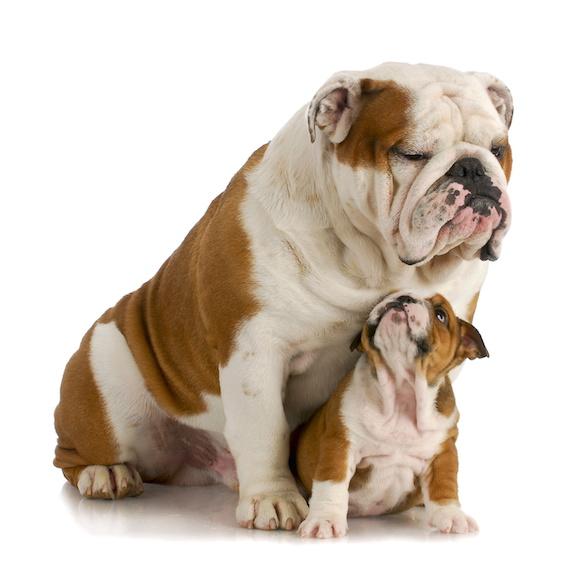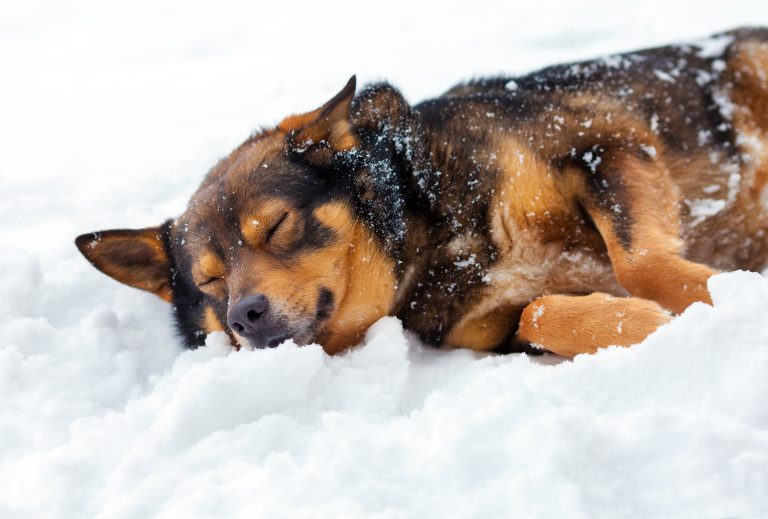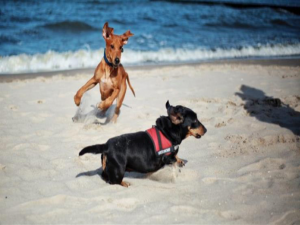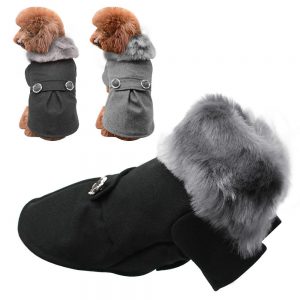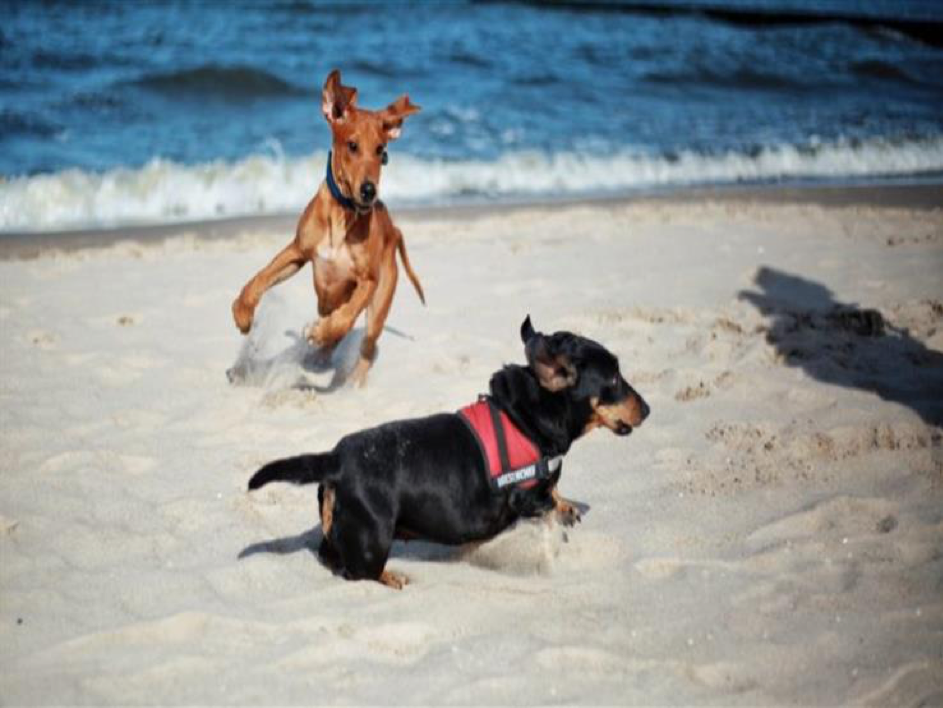
Recognising and Preventing Heat Exhaustion in Dogs
Summer means vacation, relaxation, and fun in the sun, but the high temperatures can put your furry friend in danger of heat exhaustion. Dogs love hanging outside in the sun. A favorite pastime for countless dog owners is enjoying the outdoors with their four-legged faithful companion. From having a partner in crime at the grill to jumping through sprinklers to enjoying a day at the beach, the summertime is full of bonding opportunities for you and your dog.
However, being a responsible dog owner means recognising how the heat can affect your faithful companion. It is imperative that pet owners take the necessary precautions when spending any amount of time in the summer heat in order to prevent heat exhaustion. In dogs, this is an extremely serious condition that shouldn’t be overlooked.
Knowing the signs of heat exhaustion and ways to prevent it can ensure that you’re doing everything possible to keep your dog safe during the hot summer months. High temperatures in dogs is common in the warmer months as dogs cannot sweat. Instead they pant to try and cool themselves down. Heat exhaustion in dogs is not something to take lightly. As the weather heats up, it’s important to remain aware of how the heat affects them. Heat exhaustion in your dog can lead to serious and potentially fatal conditions, usually over panting, loss of vital electrolytes and even heart attacks.
We aim to give doting dog lovers some helpful tips in order to make sure this summer is filled with awesome memories, not a scary trip to the vet.
Heat exhaustion occurs when the dog’s body temperature reaches over 103 degrees Fahrenheit. However, if your dog’s rectal temperature continues to rise and reaches 106 or higher, they are at immediate risk for heat stroke. Heat stroke is extremely dangerous and can cause the organs to shut down and cause the heart to stop altogether.
Luckily, it’s not difficult to spot signs of heat exhaustion in dogs. Excessive panting is the first symptom. A dangerously heat exhausted dog may exhibit vomiting or diarrhea, collapse or experience convulsions, and may also have gums or a tongue that turn blue or bright red. You may want to identify the problem before it gets that severe, though to intervene and prevent serious overheating. Early signs are more subtle, it may be as simple as your dog seems less responsive to commands than usual. Signs of potential heat exhaustion or include glazed eyes, excessive drooling, a rapid heart rate, dizziness or lack of coordination, fever, lethargy, and loss of consciousness.
Almost all types of dogs are at risk of heat exhaustion but the kind most affected are the ones with thick coats or long hair, very young or very old dogs, and brachycephalic breeds, and overweight dogs. Environmental factors can also play a role in this. Be aware not just of high temperatures, but also of high humidity, which can increase the chance of heat exhaustion in dogs. All dogs are at increased risk of heat exhaustion if they’re not given adequate shade or another cooler place to relax indoors.
Heat stroke is an immediate medical emergency. Safe and controlled reduction of body temperature is a priority. Cool water may be poured over the head, armpits, stomach, and feet, or cool cloths may be applied to these areas to keep his body temperature normal. Rubbing alcohol may be applied to the footpads to increase perspiration and to dilate pores.. DO NOT throw cold water over an overheated dog – this can lead to a heart attack from shock. Instead wrap them in wet clothes that are at room temperature, helping them lower their internal body temperature. NOW is the time to rush your dog to an emergency vet. Intravenous fluids, mild sedation and low-concentration oxygen therapy are also commonly used by vets to treat heat exhaustion. Keep monitoring the dog’s rectal temperature and treatment should be discontinued once they show signs of recovery.
Of course, the best cure is prevention. You can keep your dog away from heat exhaustion with some basic safety practices. These include limiting exercise or outdoor activity on excessively hot or humid days, providing plenty of shade and water when your dog is outdoors, and never, under any circumstances, leaving your pet in a parked car, not even in the shade with the windows rolled down. Don’t forget to put a plan in place for keeping your little furry friend cool if the power goes out or the air conditioner stops working. As uncomfortable as you might be under such conditions, it’s even worse for your dog, whose body temperature is already much higher than yours. There are also cooling mats and cooling jackets that your dog can wear in hot temperatures. These have special fluids within them that, when wetted, work to keep your furry friend at a comfortable temperature.
When you are looking for something a little different to show your love to your furry friend then wag over to www.SoWaggy.com it will make their tail wag!

